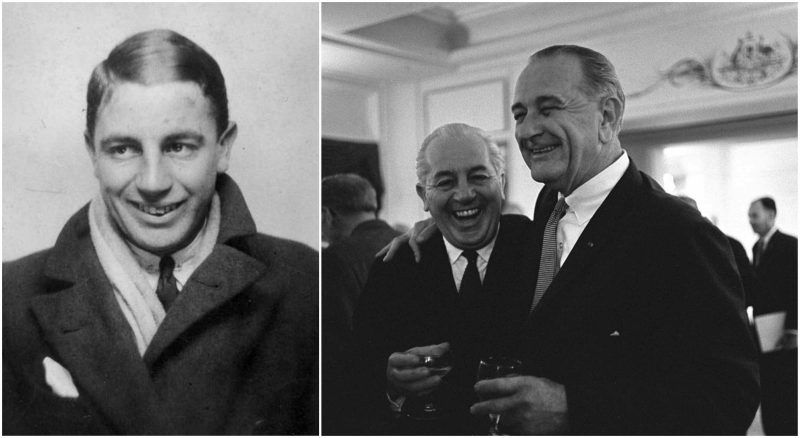Holt won his first seat in parliament in 1935. He became Australia’s youngest minister in 1939, when Prime Minister Robert Menzies allocated him a junior role. For three-quarters of his 32 years in parliament, he was on the government benches. His only period in Opposition was from 1941 to 1949. Holt held the senior portfolios of Immigration and of Labour and National Service in the 1950s and became Treasurer in 1958.
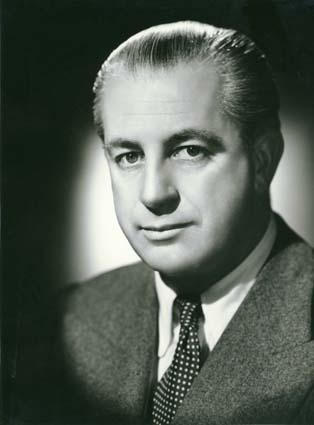
One of the most hard-working of Australia’s Cabinet ministers, after 32 years as a parliamentarian, Harold Holt reached the prime ministerial office in 1966. The third Prime Minister to die in office, Harold Holt is widely remembered for the unusual circumstances of his death while swimming off the Victorian coast in December 1967.
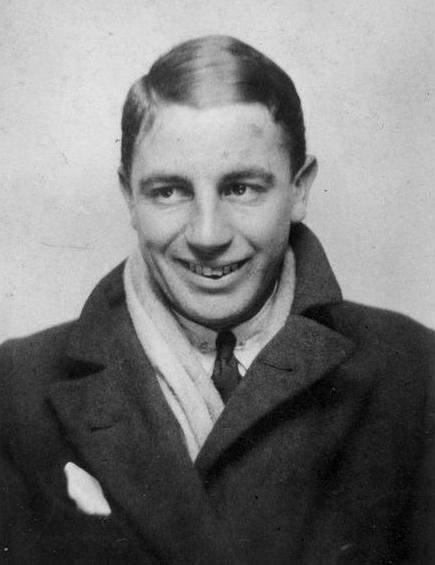
Holt was born in Sydney in 1908. He won a scholarship to Queen’s College at the University of Melbourne and began his law degree in 1927. He excelled in many areas of university life – he won College ‘Blues’ for cricket and Australian rules football, as well as the College Oratory and Essay Prize. A member of the Melbourne Inter-University Debating team and the United Australia Organization ‘A’ Grade debating team, he was president of both the Sports and Social Club and the Law Students’ Society. He was elected to the Federal seat of Fawkner in 1935.
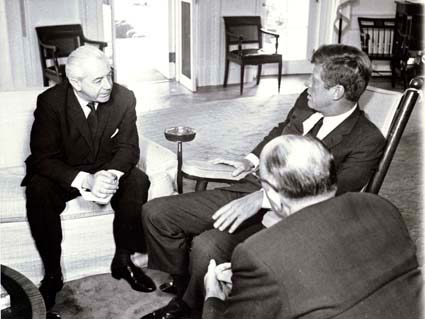
He became Prime Minister and leader of the Liberal Party on the retirement of Sir Robert Menzies in January 1966. Holt’s term as Prime Minister was characterized by strong support for United States’ involvement in the Vietnam War, and a stunning 1966 election win on a pro-Vietnam platform.
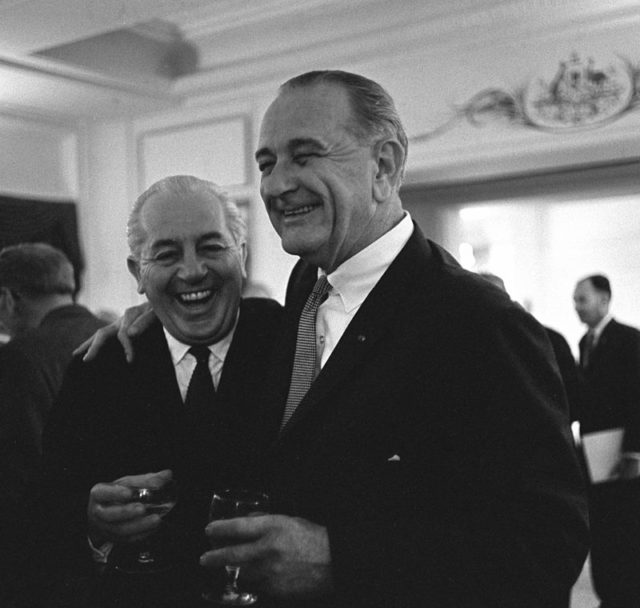
On the morning of Sunday, 17 December 1967, Holt and some of his friends drove to one of Holt’s favorite swimming and snorkeling spots, Cheviot Beach on Point Nepean near Portsea. He decided to go swimming, although the surf was high and fierce.
Even though Holt was a strong swimmer and an experienced skin-diver he soon disappeared from view. Fearing the worst, the others raised the alert. A large contingent of police, Royal Australian Navy divers, Royal Australian Air Force helicopters, Army personnel from nearby Point Nepean and local volunteers converged on the beach. This quickly escalated into one of the largest search operations in Australian history, but no trace of Holt could be found.
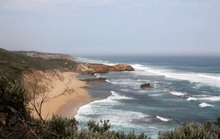
Two days later, on 19 December 1967, the government made an official announcement that Holt was thought to be dead.
Media speculation focused on the possibility that Holt took his life. The journalist Ray Martin made a documentary, Who Killed Harold Holt?, screened in November 2007, which suggested that Holt might have committed suicide. The Bulletin magazine featured a story supporting the suicide theory. In support of the view, The Bulletin quoted fellow cabinet minister Doug Anthony who spoke about Holt’s depression shortly before his death. The suggestion of suicide was emphatically rejected by Holt’s son Sam, by his biographer Tom Frame, and by former prime minister and Holt’s Cabinet colleague at the time, Malcolm Fraser.
